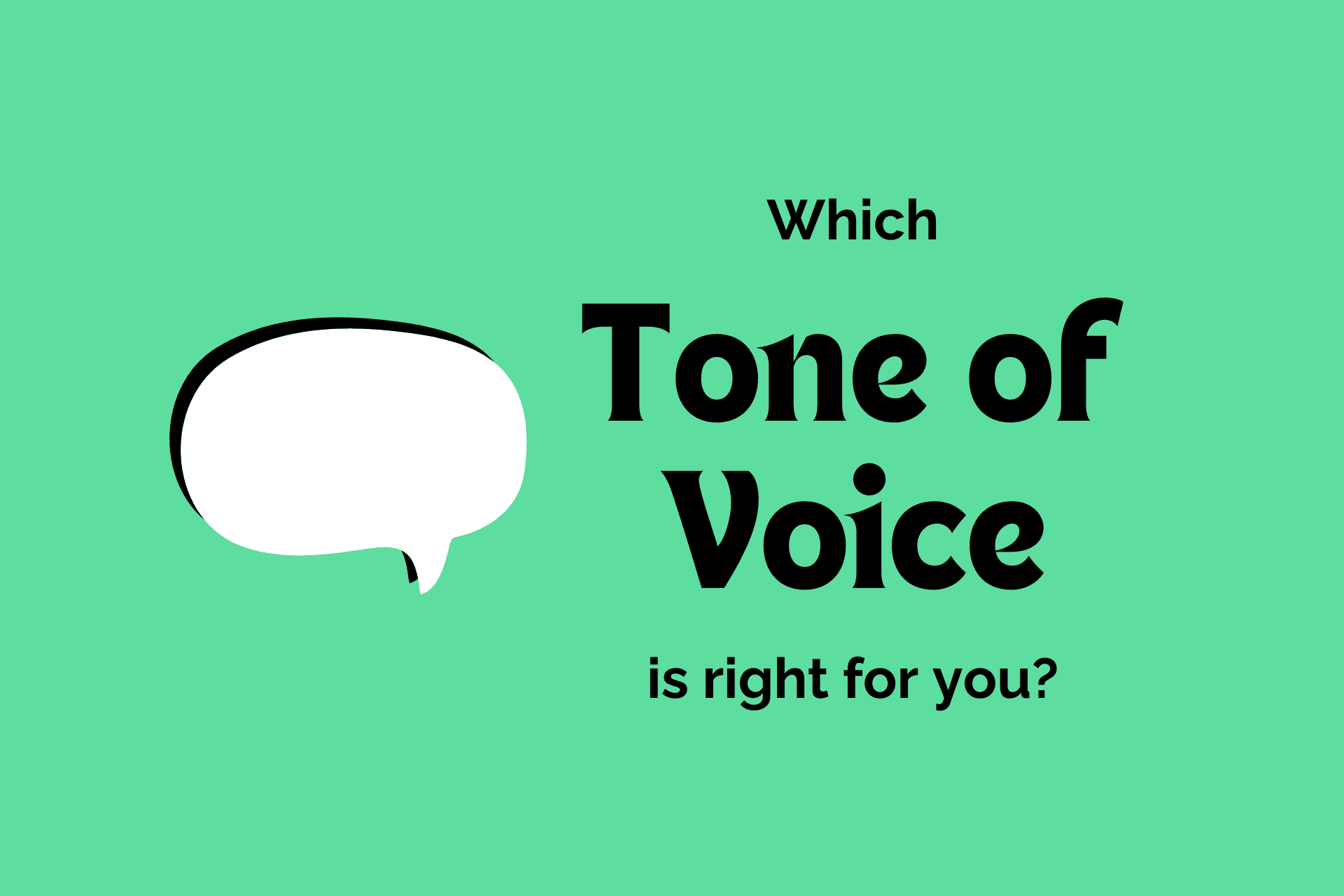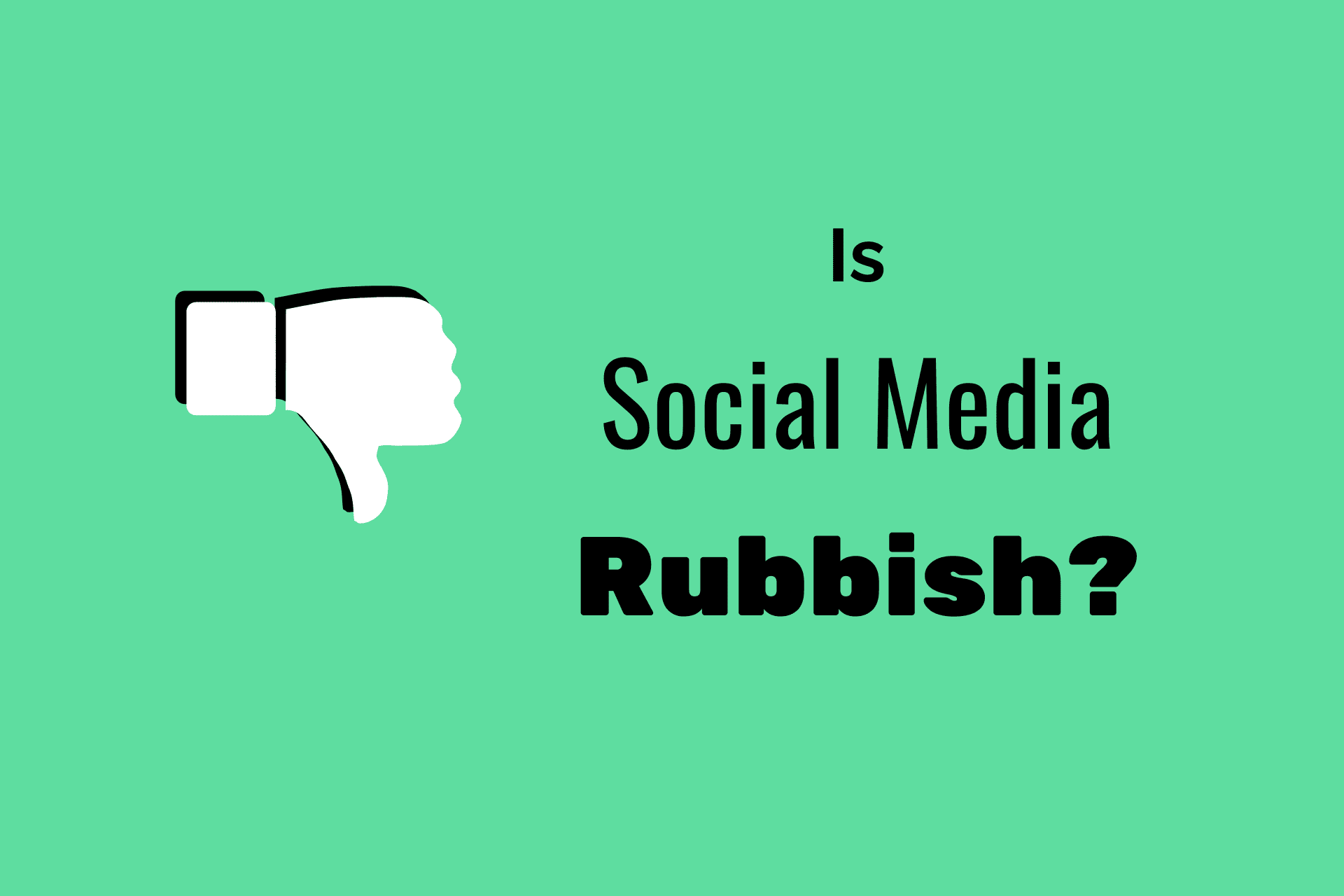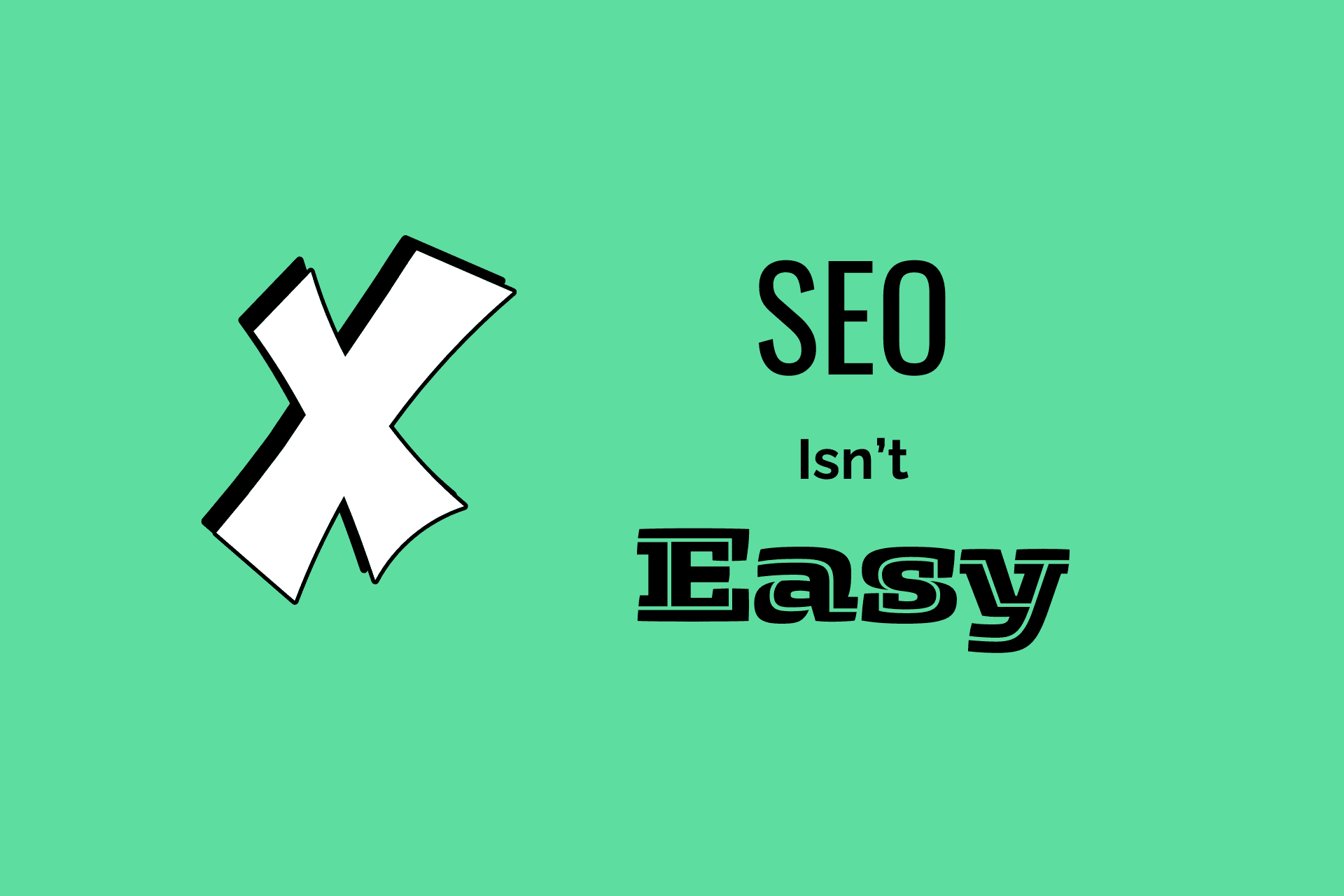Different tone categories, such as formal, informal, humorous, authoritative, empathetic, and inspiring, can enhance branding efforts based on industry, audience, and brand personality.
In the fast-paced world of marketing, it’s essential to stand out from the crowd. One of the most effective ways to do this is by establishing a clear tone of voice for your brand.
Whether you’re a seasoned marketer or a small business owner, mastering the art of tone of voice can transform your marketing strategy and set you apart in a competitive market. In this blog post, we’ll explore various tone of voice categories and how they can enhance your branding efforts.
What is Tone of Voice?
Before we dive into the categories, it’s important to understand what tone of voice is. In marketing, tone of voice refers to the way a brand communicates with its audience. It encompasses the language, style, and attitude conveyed in all forms of communication, whether it’s written content, social media posts, or customer interactions. A consistent tone of voice helps build brand identity, fosters trust, and resonates with your target audience.
Why is Tone of Voice Important?
A well-defined tone of voice can be a powerful tool for differentiating your brand. It shapes the perception of your brand and influences how customers feel about your products or services. Here are some reasons why tone of voice is crucial for your marketing strategy:
- Brand Recognition: A unique tone of voice helps your brand become memorable and easily recognizable.
- Customer Connection: It allows you to connect with your audience on a personal level, building loyalty and engagement.
- Consistency: It ensures all communication aligns with your brand’s values and mission, maintaining consistency across platforms.
Tone of Voice Categories
Tone of voice is not one-size-fits-all. Different brands will adopt different tones based on their industry, target audience, and brand personality. Here are some common tone of voice categories:
1. Formal
A formal tone of voice is characterized by professionalism, politeness, and adherence to traditional language rules. It’s often used by financial institutions, legal firms, and corporate entities where trust and credibility are paramount. A formal tone conveys authority and expertise, which is crucial in industries where accuracy and reliability are key.
2. Informal
An informal tone is more relaxed, conversational, and approachable. Brands in the lifestyle, fashion, and entertainment sectors often use an informal tone to create a friendly and relatable brand image. This tone makes use of colloquialisms, contractions, and a more casual writing style to foster a sense of camaraderie with the audience.
3. Humorous
A humorous tone adds a playful and light-hearted element to your communication. It’s perfect for brands that want to inject fun and entertainment into their messaging. However, it’s important to strike the right balance and ensure that the humour resonates with your audience and aligns with your brand values.
4. Authoritative
An authoritative tone is assertive and confident, often used by experts and thought leaders. This tone establishes credibility and positions your brand as a trusted source of information. It’s ideal for industries like healthcare, education, and technology, where expertise is highly valued.
5. Empathetic
An empathetic tone shows understanding, compassion, and sensitivity. It’s particularly effective in industries like healthcare, wellness, and non-profit organisations. By using an empathetic tone, you can connect with your audience on an emotional level, demonstrating that you genuinely care about their needs and concerns.
6. Inspiring
An inspiring tone aims to motivate and uplift your audience. It’s often used by brands that want to empower their customers and encourage positive change. This tone is characterised by uplifting language, motivational messages, and calls to action that inspire and drive engagement.
How to Choose the Right Tone of Voice for Your Brand
Choosing the right tone of voice involves understanding your brand’s personality, target audience, and industry. Here are some steps to help you determine the most suitable tone for your brand:
- Define Your Brand Personality: Identify the core values, mission, and vision of your brand. Consider how you want your audience to perceive you.
- Know Your Audience: Understand the demographics, preferences, and expectations of your target audience. Consider what tone will resonate with them the most.
- Align with Industry Norms: Consider the conventions and expectations of your industry. While it’s important to stand out, you also need to ensure your tone aligns with industry standards.
- Test and Refine: Experiment with different tones and gather feedback from your audience. Monitor engagement metrics to see which tone generates the best response.
If you’re ready to refine your tone of voice and elevate your marketing strategy, start by analysing your current communication style and experimenting with different tones. Remember, finding the right tone of voice is an ongoing process that requires continuous evaluation and refinement. Your brand’s voice is its unique signature—make it count.




